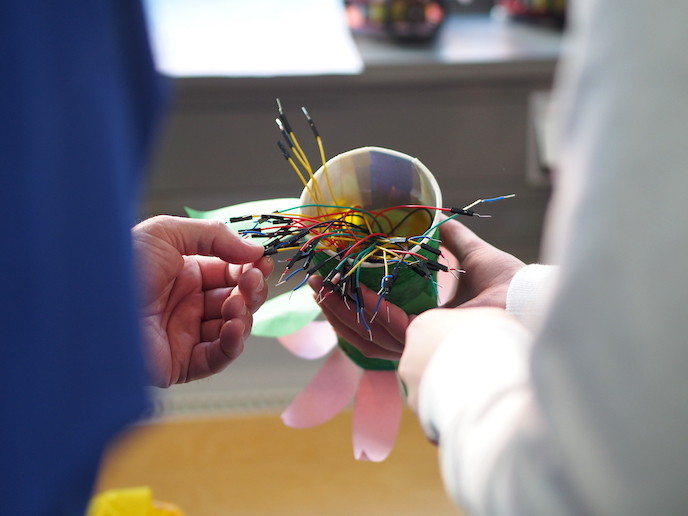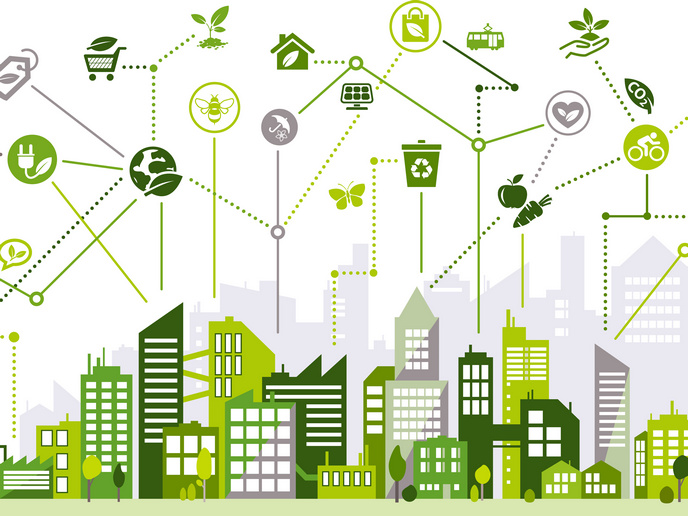Fun, inventive and dynamic: new approaches to digital skills and making technologies
Teachers and education authorities are doing their best to try and make their students digitally literate. Safety online, forays into programming and building circuits are finding their way onto some syllabi. But the approach is far from uniform and doesn’t go far enough, and all too often it is only the well-funded schools that have the means to try and prepare their pupils for what is around the corner. As early as 2013 the European Commission noticed that the challenge is not the lack of technology in schools but the huge variation in the use of technology, meaningfully, in education, (European Commission, 2013, Survey of schools: ICT in education). In addition to this, most use of technology in education and training today does not support 21st century learning skills. In many cases, new technologies are simply reinforcing old ways of training and learning in current school settings and very often they are introduced according to a narrow perception as being suitable only for talented children. The EU-funded eCraft2Learn project set out to challenge the status quo and foster the recognition that the ability to make and programme technological equipment promotes knowledge and skills that are valuable for every citizen. The project aimed to reinforce personalised learning and teaching in STEAM education (science, technology, engineering, arts and maths), and to assist the development of 21st century skills that promote inclusion and employability for youth in the EU. But it was all very well for the project to establish there is an ever-increasing skills gap: they needed to identify exactly who requires what, in order to go beyond an analysis of the problem towards some practical solutions. “To get a clearer idea of what was required we developed ‘personae’, target people whose needs and contexts we analysed. We considered primary and secondary students, headteachers and teachers of various ages and subjects,” explains eCraft2Learn’s senior researcher and coordinator, Dr Calkin Suero Montero, based at the School of Educational Sciences and Psychology at the University of Eastern Finland. Based on their initial research the team went on to design, pilot and validate an ecosystem based on digital fabrication and making technologies for creating computer-supported artefacts. The team harnessed, and contributed to, existing technical platforms such as Arduino and Raspberry Pi electronics, cloud-based 3D printer simulators, and maker-community-generated content. To help educators embrace this new approach, the team has also developed a space for teachers. Students can collaborate through the digital platform. Signing up is easy: all it takes is the creation of a new session id by the teacher. “We are always happy to have users registering. Our package of activities and lesson plans are available to teachers from around the world, not just Finland and Greece, the pilot countries.” There is also an online support community platform. Anyone can register and participate in the community, sharing ideas and experiences. eCraft2Learn is also addressing business needs. They have made sustainable, collaborative networks with local industries in a bid to enable students to become project-solving, ambitious entrepreneurs. “We want to increase awareness of the need for digital fabrication and making technologies in education. One way of doing so was to use industry-academy led workshops.” Looking back at the project, Dr Suero Montero is proud of the empowerment that the eCraft2Learn hands-on learning activities have fostered in the participating students and teachers – the joy and ownership that the groups experience when finishing their project after pitfalls and lessons learnt is truly rewarding for all. “There is no better outcome than to see people (both students and teachers) learning as they go and applying what they know to new domains. eCraft2Learn is a true example of deeper learning and first-hand knowledge construction for technology fluency. It is a privilege to be part of such an enterprise!”
Keywords
eCraft2Learn, education, STEM, STEAM, teaching, students, making technologies, innovative learning, craft- and project-based, pedagogical approach, Raspberry Pi electronics, cloud-based 3D printer simulators, maker-community-generated content







